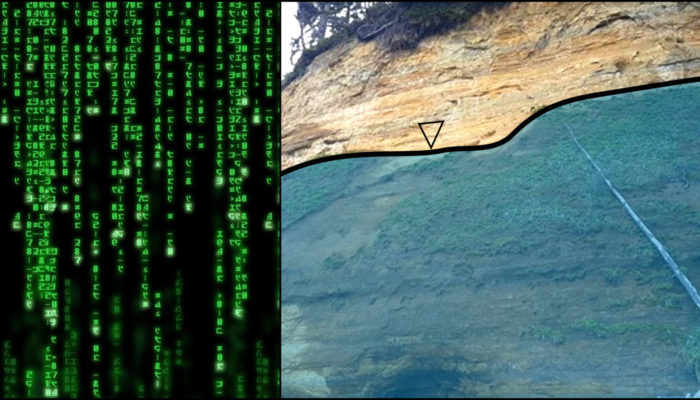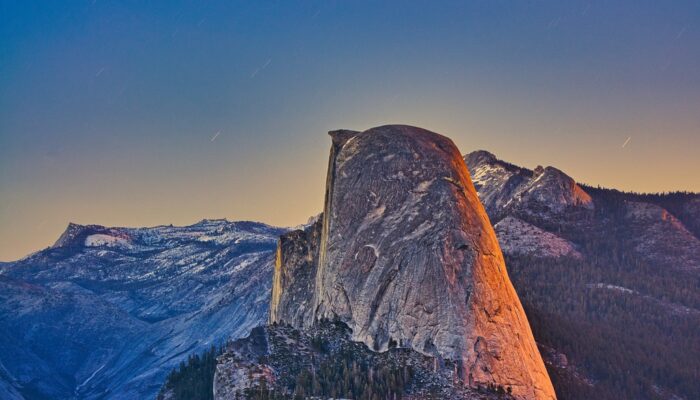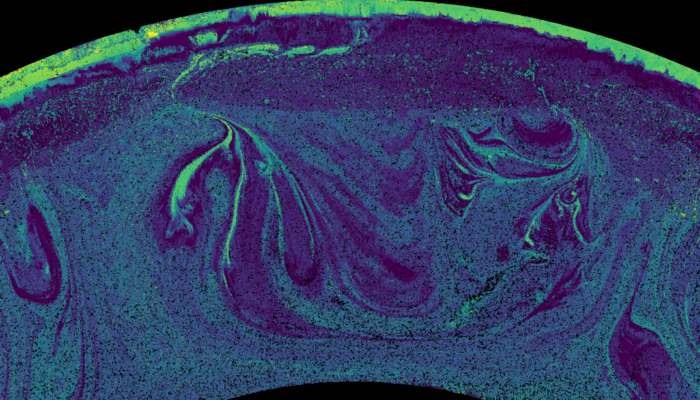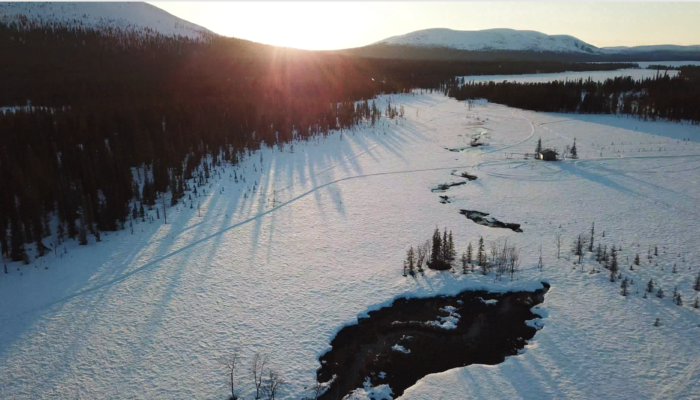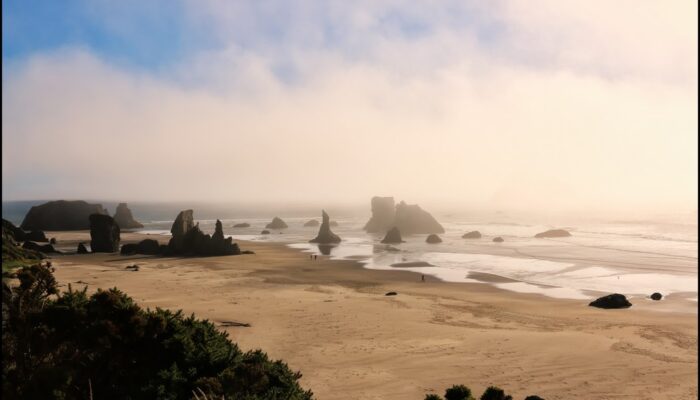Post by Sam Zipper (@ZipperSam), current Postdoctoral Fellow at the University of Victoria and soon-to-be research scientist with the Kansas Geological Survey at the University of Kansas. Using programming languages to interact with, analyze, and visualize data is an increasingly important skill for hydrogeologists to have. Coding-based science makes it easier to process and visualize large amount ...[Read More]
GeoLog
Imaggeo on Mondays: Sunset and moonrise at Yosemite
This side view of Half Dome at Yosemite National Park (California, USA) was taken from Washburn Point, a less frequented overlook a few hundred meters away from the popular Glacier Point outlook. The sun just on the right side behind the camera, which gave the orange tint to the back side of Half Dome. At the same time a full moon was mere minutes from bursting in the background, which resulted in ...[Read More]
Natural Hazards
I-REACT – ‘Fight disasters with your phone’
Technology has never been more at hand than at the time we are living. Smartphones and the many apps on the market are proof of this. As I recently discovered, there is also an app developed to learn about natural hazards and, as they claim, fight disasters! This app is called I-REACT, and it was born from a homonymous innovation project funded by the European Commission and developed by a consort ...[Read More]
Cryospheric Sciences
An interview with Jenny Turton, early-career representative for the cryo-division of the EGU
The European Geophysical Union (EGU) has a number of scientific divisions or themes, such as cryosphere, atmospheric sciences and geodesy. Each division has a representative for early career scientists, and often a team of scientists who write and edit blogs and organise events. Today, Jenny Turton, the new representative for the cryo-division, explains a bit more about the role and what she hope ...[Read More]
GeoLog
GeoTalk: Connecting art and science with the 2019 EGU artists in residence
At the annual EGU General Assembly in April, more than 16,000 scientists from 113 countries convened in Vienna to share exciting research and discuss the latest advances in their field. During this conference, the EGU hosted two artists in residence to engage with scientific research in a dynamic setting and be inspired by new scientific discoveries. This year, we interviewed the 2019 artists in r ...[Read More]
Geodynamics
The Sassy Scientist – Time Trials
Every week, The Sassy Scientist answers a question on geodynamics, related topics, academic life, the universe or anything in between with a healthy dose of sarcasm. Do you have a question for The Sassy Scientist? Submit your question here. Sylvie asks: What would you say is the main problem you encountered during your research career? Dear Sylvie, Easy: time management and focus. Doing scientific ...[Read More]
Geodynamics
Production and recycling of Archean continental crust
Continents are essential for the development and survival of life on Earth. However, as surprising as it may sound, there did not exist a planetary scale numerical model to show the formation of the oldest continents until the recent study ‘Growing primordial continental crust self-consistently in global mantle convection models‘ in Gondwana Research by Jain et al., 2019. Hot off the p ...[Read More]
Hydrological Sciences
Featured catchment series: The North is not forgotten!
This is the first post of “Featured Catchment”, a series of posts in the HS Blog that present experimental catchments across Europe and beyond. Here, the authors of the posts will explain the main characteristics (e.g., climate, geology, topography, land use) of their catchments, why hydrologic research is important in their study areas, describe the applied methodologies (field instrumentation an ...[Read More]
GeoLog
Weathering the storm from a research vessel
Fieldwork can take geoscientists to some of the most remote corners of the Earth in some of the harshest conditions imaginable, but stories from the field hardly make it into a published paper. In this blog post, Raffaele Bonadio, a PhD student in seismology at the Dublin Institute for Advanced Studies in Ireland, shares a particularly formidable experience in the field while aboard a research ves ...[Read More]
GeoLog
Imaggeo on Mondays: Foggy Bandon beach, Oregon
This picture was taken at Bandon beach, Oregon. Bandon is well-known for its memorable seascape of stacks of all shapes and sizes. These rock formations are known to geologists as ‘knockers’ and carry nicknames like ‘the Wizards hat’. They date from the Jurassic period – about 200 to 145 million years ago – and are what remains from the great mélange during tectonic subduction processe ...[Read More]

